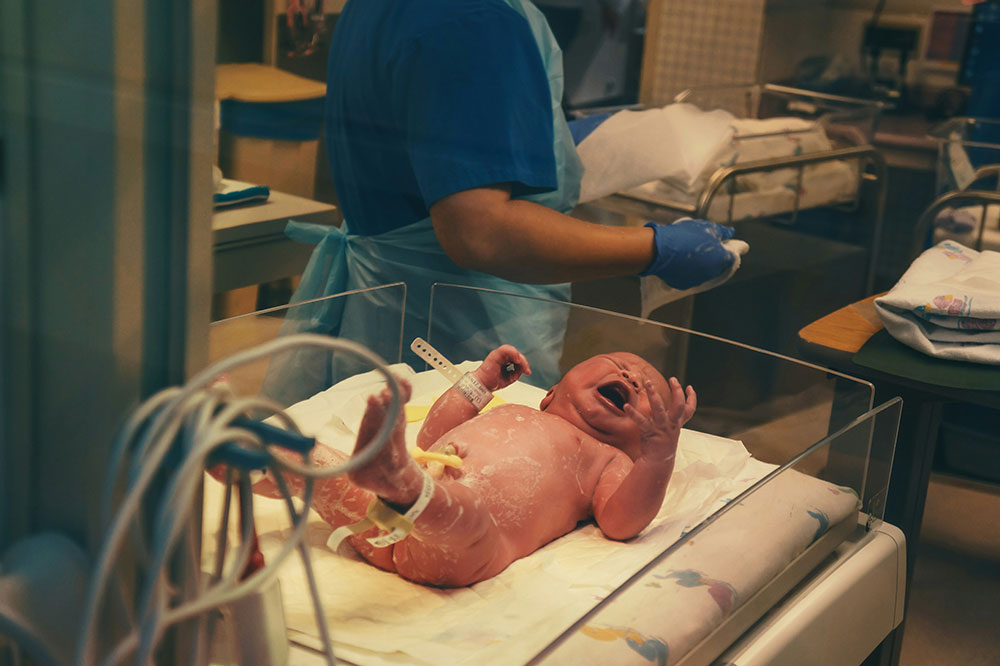A recent study has uncovered alarming statistics regarding HIV prevention efforts for infants, particularly concerning those exposed to HIV during pregnancy and birth. Newborns diagnosed with HIV are supposed to receive immediate antiretroviral medication after delivery to significantly reduce the risk of transmission from mother to child. However, the study indicates that over half of the infants diagnosed with HIV within their first year did not receive this vital postnatal treatment. This suggests significant gaps in the detection of maternal HIV infections during pregnancy.
The findings, published in the journal *Pediatrics*, also shed light on troubling racial disparities. A striking majority of untreated infants were Black, reflecting systemic inequities in healthcare access and maternal care. Senior author Dr. Kengo Inagaki, a pediatric infectious disease specialist at the University of Michigan Health C.S. Mott Children’s Hospital, emphasized the critical impact of being born with HIV on a child’s future health. “We have effective tools to prevent it,” he stated. “When newborns aren’t getting preventive treatment, it suggests we may be missing HIV infections in pregnant women and critical opportunities to intervene.”
The research team analyzed Medicaid data from over three million infants born between 2009 and 2021. Among 52 infants diagnosed with HIV by age one, more than half did not receive the recommended postnatal antiretroviral prophylaxis. Dr. Inagaki noted, “Our findings point to potential gaps in prenatal HIV detection,” urging for universal HIV screening in the first trimester, with an emphasis on retesting during the third trimester to identify mothers who acquire HIV later.
Moreover, the racial disparities observed align with broader national trends. Nearly 74% of untreated infants diagnosed with HIV were Black, consistent with national data showing that women of childbearing age account for a significant portion of new HIV infections.
Over the past three decades, guidelines for preventing perinatal HIV transmission have evolved, leading to an increase in the percentage of infants born to mothers with known HIV infections receiving the necessary postnatal treatment. Dr. Inagaki reiterated, “Virtually all perinatal HIV infections in the U.S. are preventable,” stressing the importance of early diagnosis in mothers to protect babies effectively.
As public health officials work to address these disparities and improve healthcare access for at-risk populations, timely detection and treatment for both mothers and infants remain a pressing priority in the fight against HIV.






